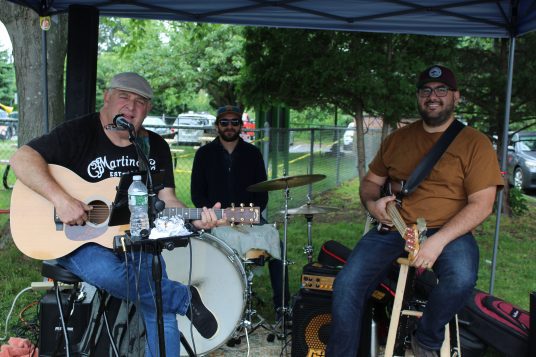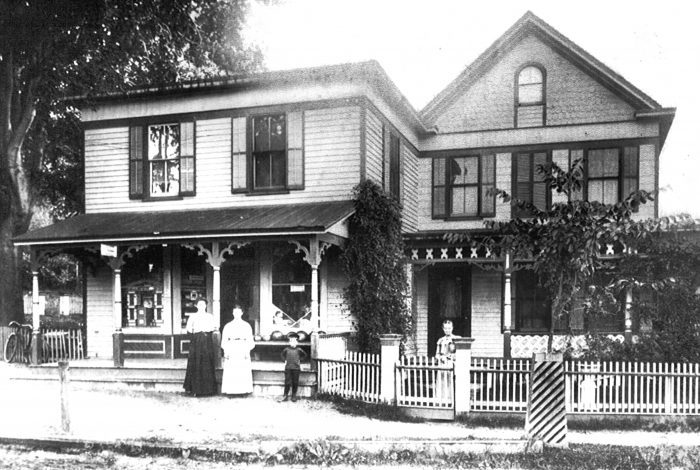On this page, we do the work of democracy.
The first editorial ever published in our newspaper [“The spirit of ’76,” April 8, 1976] declared our opinion pages as “a forum where everybody has an opportunity to be heard.” Through the many changes over the last 47 years, we affirm this creed unconditionally, subject to concerns of libel and good taste.
For nearly half a century, our staff, columnists and letter writers have broadcast ideas to the North Shore public each week. This page is our weekly community dialogue keeping vital communication channels alive.
Debate ennobles citizens. Through spirited exchanges, we empower our peers to interpret and digest local current events, enabling rational, informed decisions at the ballot box.
But how our times have changed.
With innovation, many of our discussions have moved from the printed page to the digital screen. Citizens today take their disagreements to social media, where opinions are not subjected to rigorous editorial standards and vetting procedures.
Social media often discourages thoughtful dissent. Unfiltered, shielded by screens, we inject venom and misinformation into our public forum. The natural consequence of this toxic social media culture is the decay of civility and decorum.
We live in a hypercharged, decidedly polarized political context. We expect media outlets and tech companies to squelch meaningful exchanges. We seek only information affirming our existing — often incomplete — worldviews.
Instead of debating, we dehumanize and delegitimize our political opponents. Through our collective softness and fear of dissent, we paint a warped picture of reality.
While our staff may object to some of the sentiments advanced on this page, we remind our readers that we are moderators, not censors. We hold up the words attributed to Voltaire, the great French philosophical champion of free speech, who once wrote, “I disapprove of what you say, but I will defend to the death your right to say it.”
We disagree with outlets and tech companies that censor divergent speech, stymie political discourse or needlessly encroach upon our deliberative process. However, we disallow hatred or what appears as personal attacks.
As journalists, we cannot bend our editorial code to meet the censorial standards of our age.
For this republic to endure, we must return to honest disagreement. So in this spirit, let us continue this noble work, allowing the conversations to flourish.



































